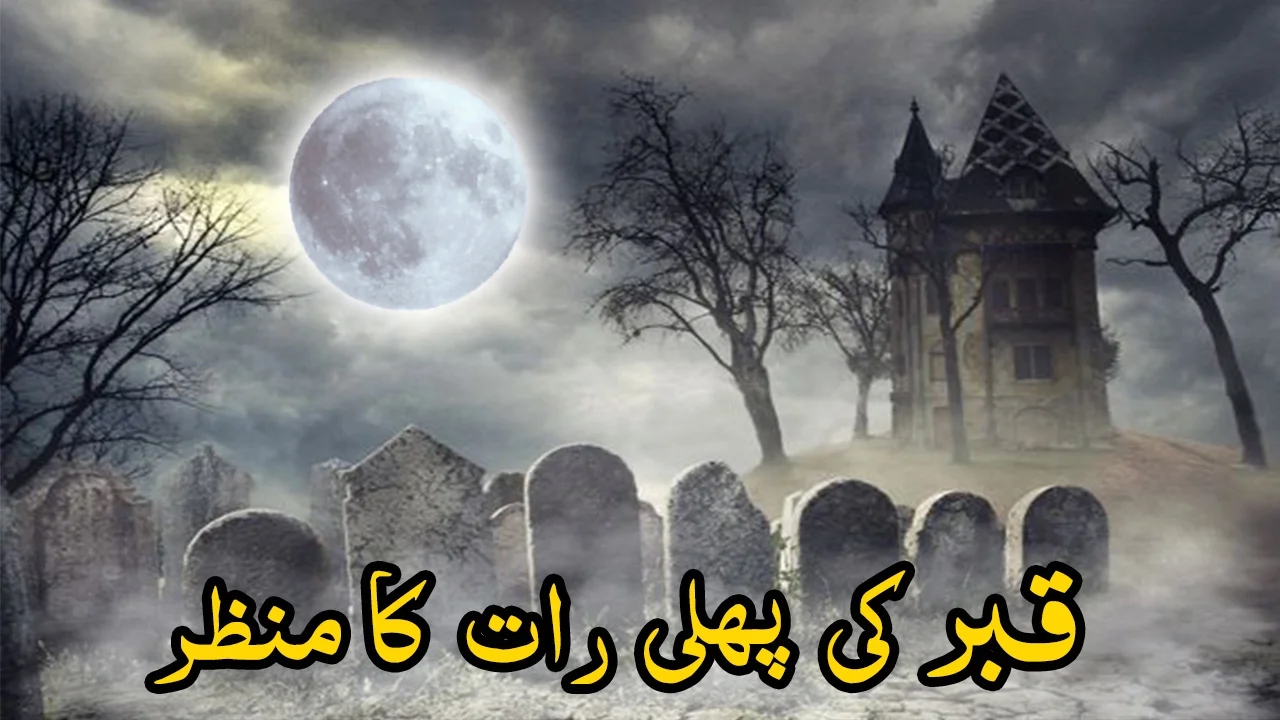Urdu jokes is “مزاح” (Mazah), which translates to “humor” or “comedy.” This term captures the essence of wit and lightheartedness inherent in Urdu jokes, reflecting their cultural significance and ability to bring joy and laughter
Urdu jokes are more than just a form of entertainment; they are a reflection of the culture, values, and shared experiences of Urdu speakers. Their ability to evoke laughter while also prompting reflection on societal norms makes them a valuable part of the literary and cultural heritage. Whether told in person or shared online, these jokes continue to bring joy and connection, reminding us of the universal power of humor.
Urdu jokes play a crucial role in social bonding. Sharing a joke can break the ice, ease tensions, and create a sense of camaraderie among friends and family. In gatherings, jokes often serve as entertainment, with individuals vying to share the best one-liners or stories. This communal aspect of humor fosters connections and enhances relationships.
In the digital age, Urdu jokes have found a new platform through social media. With the rise of memes and short video clips, humorous content can spread rapidly, reaching wider audiences. Online platforms have also given rise to a new generation of comedians who use Urdu to create relatable content that resonates with younger audiences.

 The Essence of Humor in Urdu Jokes
The Essence of Humor in Urdu Jokes
At its core, humor in Urdu is characterized by its linguistic richness. The language itself lends itself well to puns and double meanings, allowing for clever wordplay that can elicit hearty laughter. For example, a simple twist in pronunciation can change the entire meaning of a sentence, leading to humorous misunderstandings that are a staple in Urdu jokes.
Moreover, Urdu humor often draws on cultural references that are immediately recognizable to its audience. This could range from the idiosyncrasies of family life to the quirks of social gatherings. The humor is often situational, reflecting the realities of everyday life in South Asian communities. This relatability is what makes Urdu jokes so appealing; they resonate with shared experiences and communal memories.

4. **Political Satire Urdu Jokes**: Political humor is another significant aspect, where jokes about politicians, government policies, and current events provide a platform for people to express their opinions in a light-hearted manner. This form of humor can serve as a safe outlet for criticism, allowing individuals to voice dissent in a non-confrontational way.

Urdu jokes are an integral part of the rich tapestry of Urdu literature and culture. They embody a unique blend of humor, wit, and cultural nuances that resonate deeply with speakers of the language. From clever wordplay to observational humor, Urdu jokes reflect the everyday experiences and sentiments of the community, often serving as a light-hearted commentary on life, relationships, and societal norms.
The Structure of Urdu Jokes
Urdu jokes can take many forms, from short one-liners to longer anecdotes. A popular format is the “panchline,” where the punchline is delivered in a surprising or unexpected way. This format relies heavily on timing and delivery, often making it more effective when shared in person or through live performances.
Another common style is the “darbari” joke, which often involves a humorous dialogue between characters, showcasing their unique personalities. This format allows for a more elaborate setup, where the humor unfolds gradually, drawing the audience in before delivering a satisfying punchline.
Themes of Urdu Jokes
The subjects of Urdu jokes are as diverse as the culture itself. Common themes include:
1. **Family Dynamics**: Many jokes explore the humorous intricacies of family life, including parent-child relationships, sibling rivalry, and the pressures of marriage. These jokes often highlight the generational differences in perspectives, leading to amusing conflicts.
2. **Social Commentary**: Urdu jokes frequently address societal norms and behaviors, poking fun at cultural practices and expectations. This can serve as a critique of social issues, making people laugh while also encouraging them to reflect on their behavior.
Everyday Life**: The mundane aspects of daily life—like commuting, work, and shopping—often become the fodder for humor. These jokes bring levity to common frustrations, allowing people to connect over shared experiences.














